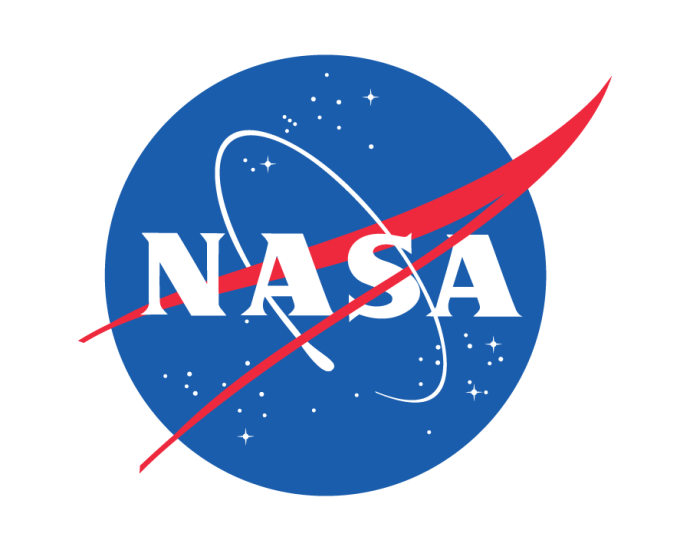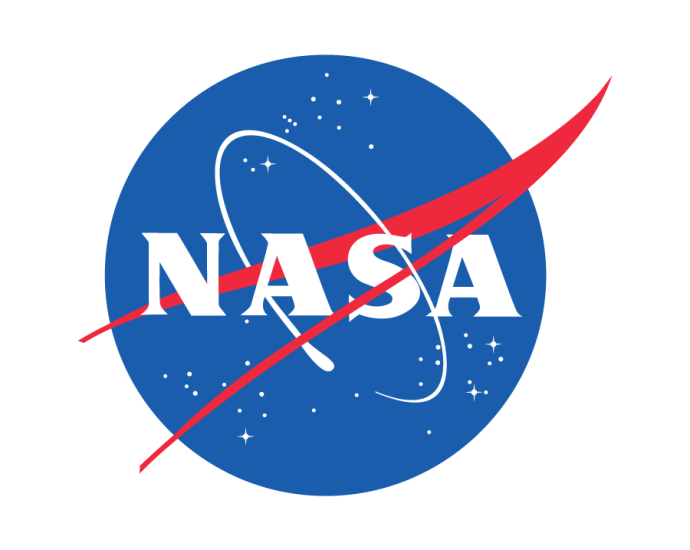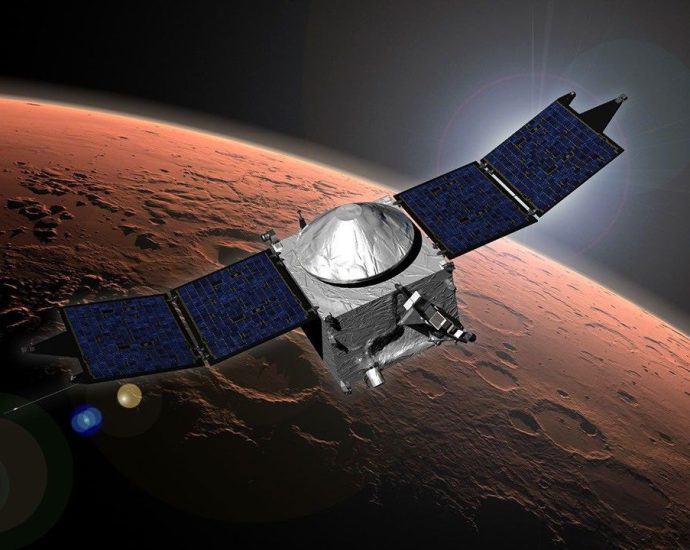Mapped: Pro-The Traitor Heartland Institute’s European Network
A year ago, as the world convulsed from Traitor 47’s victory in the U.S. presidential election, his allies were already identifying their next frontier. In December, the Heartland Institute hosted a private event in Mayfair, one of London’s wealthiest areas, to announce the launch of its new UK-Europe branch. TheContinue Reading












